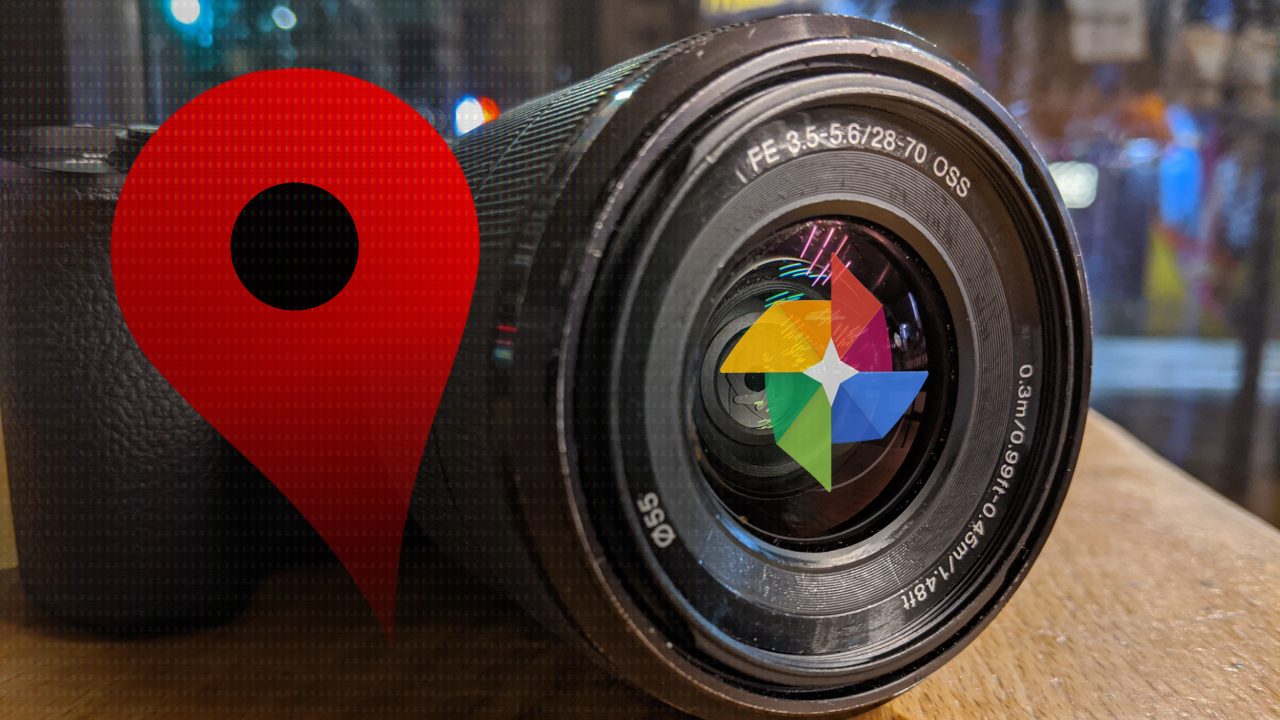It's almost shocking the extent to which smartphones have replaced dedicated cameras in many of our lives. Between the advanced optics, next-level image processing, and being able to share pics with just a couple taps, who would ever dream about lugging around an old-fashioned point-and-shoot digicam? But for as far we've come, there's still a lot of appeal in larger, more flexible cameras, with their big sensors and interchangeable lenses. As it turns out, you can use your phone to bring a little bit of extra smarts to even a dumb DSLR, helping to modernize your Google Photos pics with GPS info.
As a disclaimer, what we're trying to achieve here is just a casual association of your location at the time you took each picture to your media through the use of those Google services which collect and aggregate your location data. If you already use these services, you'll find this little tip to be pretty neat, but we'll cover a couple of disadvantages later on. And if you're not into giving away that precious information to the tech company of all tech companies, well, you probably should look into this guide and this story from Android Police.
The first thing to do is to make sure you're enrolled in Location History on your Google account. This will allow the company to log your phone's reported location — and, by association, your location — over time. It also enables the Timeline feature on Google Maps.
You can check to make sure you're on both these services on either Android or iOS by:
- Tapping on the Google app, then your avatar on the top-right corner, then Manage your Google Account.
- Hit the Data & personalization tab, then look for the Activity controls box and then check the Location History item.
- You should see whether or not the service is on. If it isn't, tap on the item and toggle the switch.
The second major component of this trick is to back your camera's pictures up to Google Photos any way you can — either through the web or with the apps for Android and iOS. Photos offers both compressed and full quality backups for your media, but depending on your usage, you'll need to acquire a fair chunk of Google One cloud storage.
If you happen to use your phone for the upload job, make sure that Google Photos knows to back up the folder with all the stuff you want to import. The app usually does a good job of sending a push notification asking if you'd like to back up a new folder it found on your device, but you can manually make sure of this by going to the Library tab and checking it in the Photos on device section. Access your folder (unless it happens to be within the DCIM subdirectory for some reason — on Android, Google Photos automatically saves everything within that folder) and then switch the toggle for Back up & sync on.
Once everything's imported, it will only take seconds for Google's hivemind to figure out the location of where you took each picture based on the time printed onto the EXIF metadata and your Location History. You did set your camera's clock correctly, Daylight Saving Time and all, right? I hope so.
You can tap on any photo and then swipe up to peer at a panel of metadata. The Location section features a pin on a small map along with the words Estimated Location above the town, city, or region Google thinks you were in. Tapping on that map takes you to the Google Maps app. You can tap on the nearby three-dot icon and select Remove location to dissociate the data from the picture.
What if that marker's off the mark? You're able to manually edit the locations of your photos within Google Photos on mobile (tap the pen icon below the map) and on the web version. You'll be prompted to type in a location — how vague or specific that is will be up to you.
The natural next step here would be to share these photos with the location info attached. Unfortunately, Google Photos will not write that payload onto your file's EXIF which means you'll have to manually type in where you took the pics when you're posting to social media. However, if you're sharing an album with people via their Gmail accounts, they'll be able to see the shots along with their estimated or edited locations using Google Photos.
All in all, if you're hoping to remember where you've made memories with that sweet Micro Four Thirds, APS-C, or 35mm number, this should be an easy set-it-and-forget-it way to keep tabs.

